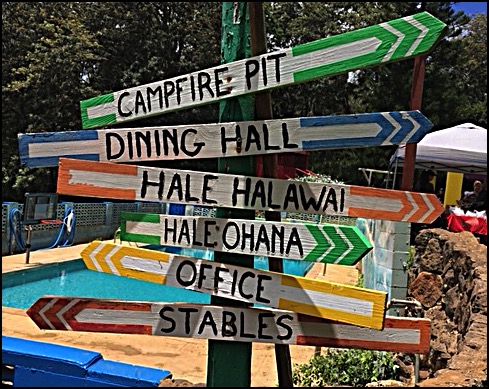Review of Toward Translingual Realities in Composition: (Re)Working Local Language Representations and Practices, by Nancy Bou Ayash
Review by Yasmine Romero
Welina mai!

Welcome to my book review of Nancy Bou Ayash's (2019) Toward Translingual Realities in Composition: (Re)Working Local Language Representations and Practices. The navigation bar for this page is at the top, and you can navigate up to five different sections. These sections include Overview (current), Textual-Visual, Podcast, Narrative, Resources, and About Me.
This overview page presents the thesis, structure, and stakes of the book review (note: This is the page you are on now). The Textual-Visual, Podcast, and Narrative pages include the review itself in three different formats. The Resources page pools the supporting materials together and includes any other related materials or sources for the book review. The About Me page provides information not only on the author, me, but also on the research and assessment projects that I reference throughout the review.
Overview
Taking a traditional approach to reviewing Bou Ayash's (2019) Toward Translingual Realities in Composition does not align with her advocacy for translingual activism. As a result, I take a critically reflective multimodal approach when reviewing her book. I explore three major threads criss-crossing throughout the book:
- reimagining how we, teachers and students of writing, view languaging;
- researching language negotiation at micro and macro levels; and
- translating the complex and nuanced ideas of translingualism into actual practice and policy.
These threads twist, turn, and knot around the question of whether translingual activism is possible in our classrooms and beyond. Based on a synthesized reading of Bou Ayash's text with my teaching, learning and research experiences, I explore the possibilities while keeping Bou Ayash's definition of a translingual stance at the center:
A translingual stance toward language and decisions on its actual and observable use [...] is meant to acknowledge and bring out the very fluid, emergent, and unpredictable character of language itself and all communicative practices involving language. (p. 12)
Bou Ayash builds upon, complicates, and nuances this stance throughout each chapter of Toward Translingual Realities. In the first half, she focuses on theory and analysis; in the second half, she focuses on practice. What is key to her discussions is evident in her definition of a translingual stance: decisions are made about languaging "on its actual and observable use" across multiple spaces, pedagogical and beyond. In other words, her conclusions are drawn based upon her own experiences, the data that she has collected, and her reflections on this data with students and colleagues.
While she does not have an easy, copy-and-paste answer for teachers and students of writing, these three threads provide starting points for having discussions and creating change that reflects the translingual turn in writing studies. To explore the three threads above, I draw on Paulo Freire's (2005 [1970]) concept of action-reflection/praxis, Kimberle Crenshaw's (1991) intersectionality as a crossroad metaphor, and work on critical pedagogy and reflection in writing and language studies (Burke, 1947; Crookes, 2021; Driscoll, 2000; Enoch, 2004). I developed the following set of questions to guide my summary, critique, synthesis, and reflection—or book review—of Toward Translingual Realities:
- What is being said/done? How do I know?
- How do I interpret what is being said/done? Why?
- In what ways can what is being said/done map itself onto my own classrooms? What about other classrooms? Other institutions?
- What are the impacts of mapping what is being said/done in my classroom? What about other classrooms/teaching situations?
- After thinking through the previous questions and my answers to them, why does what is being said/done matter?
Please use the navigation bar above to observe how I work through the three threads—views of languaging, researching language negotiation, and translating translingualism into praxis. I engage with each thread differently: Textual-Visual, Podcast, and Narrative formats.